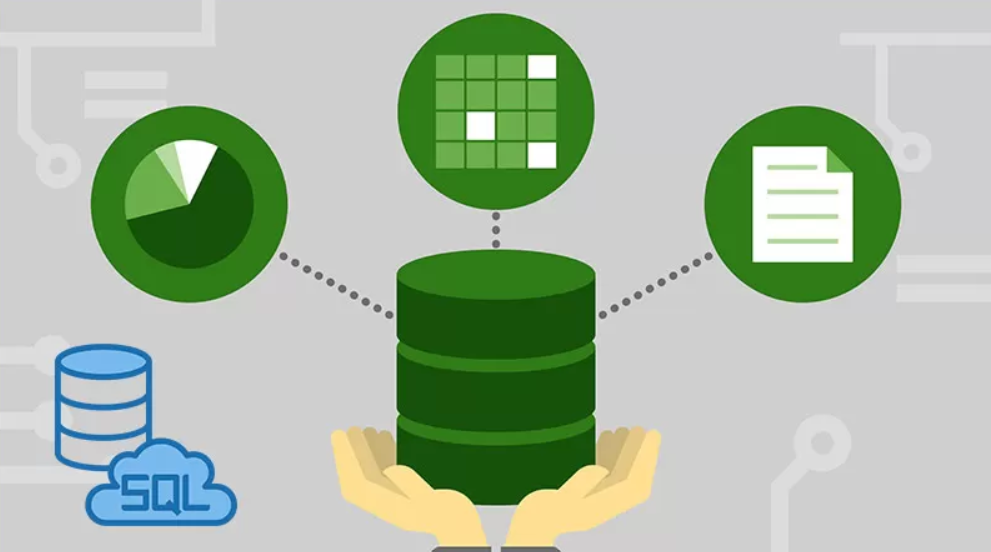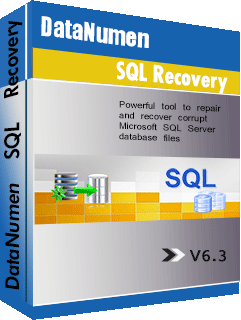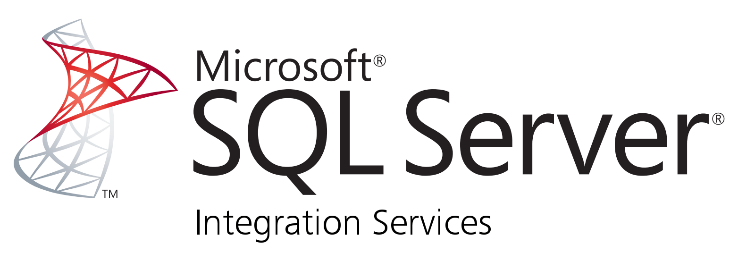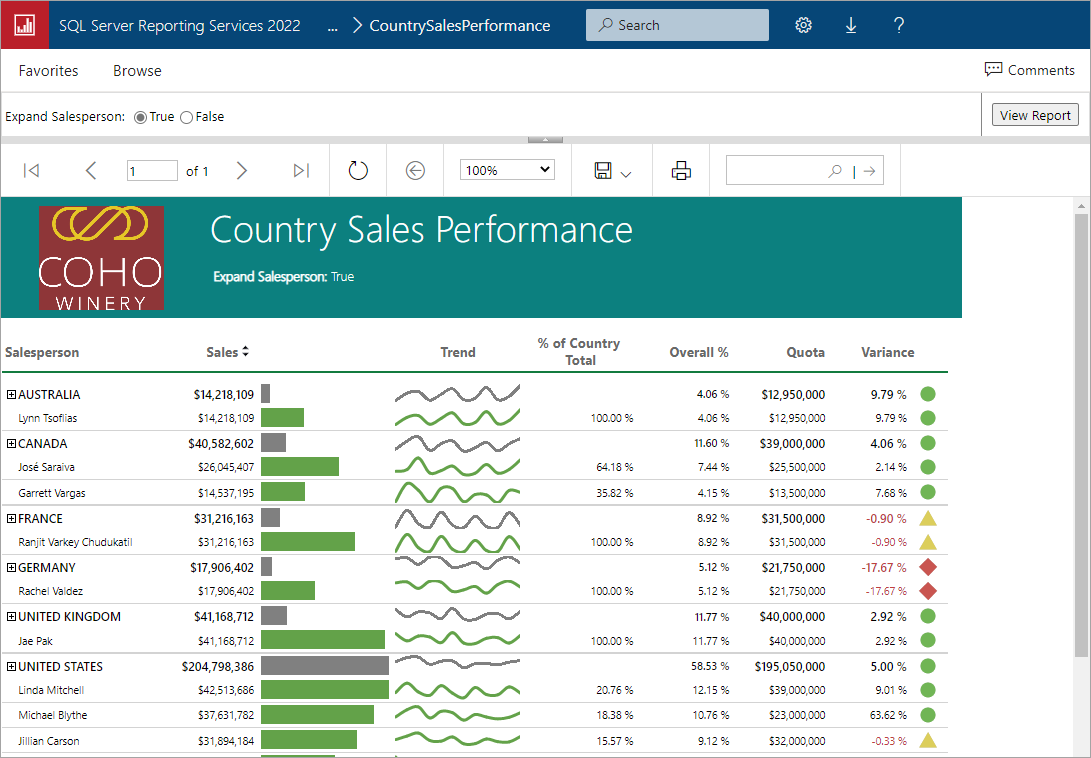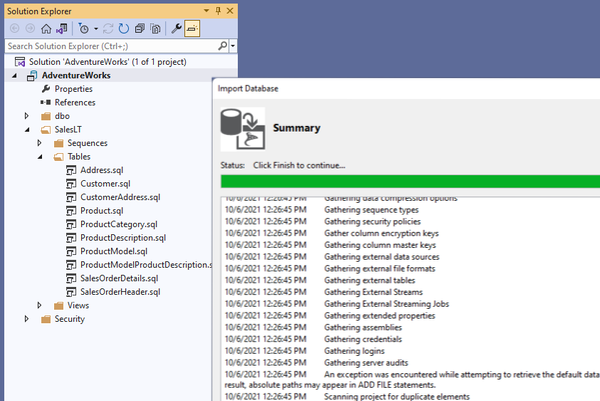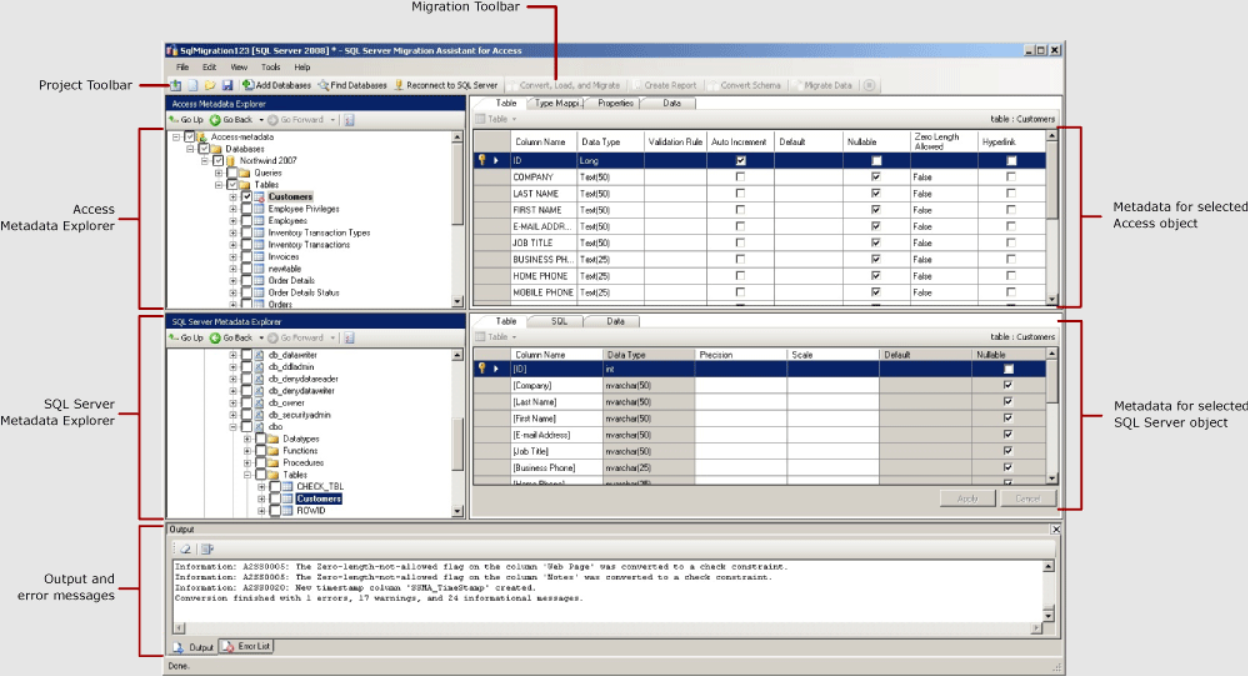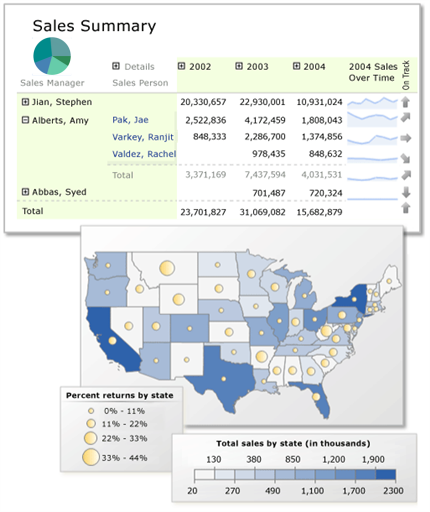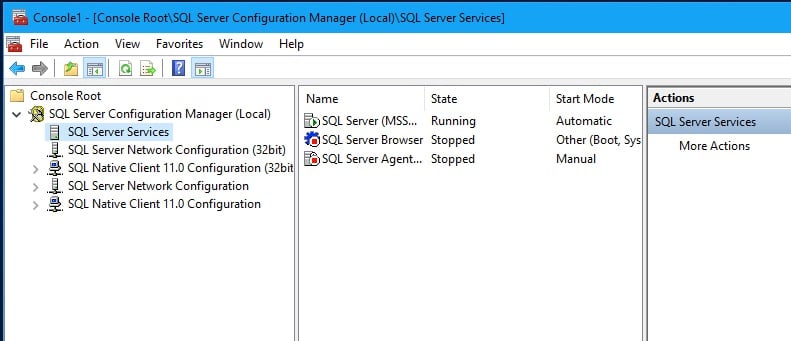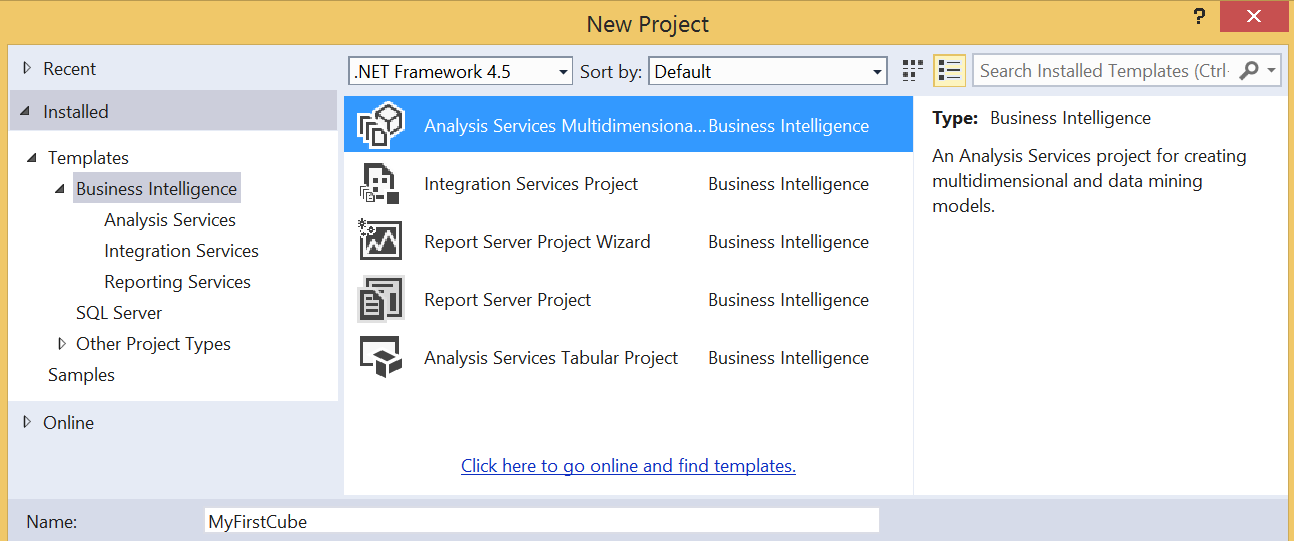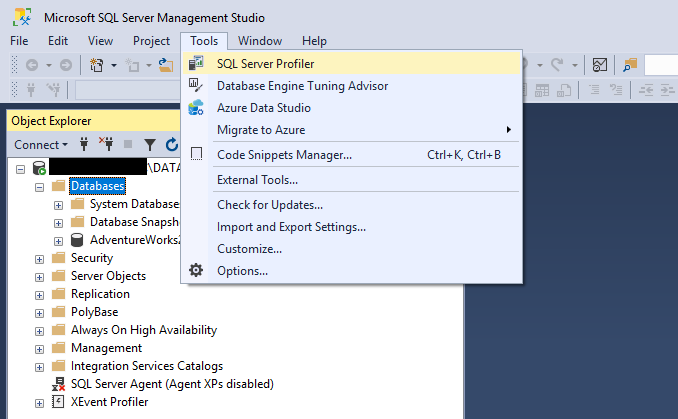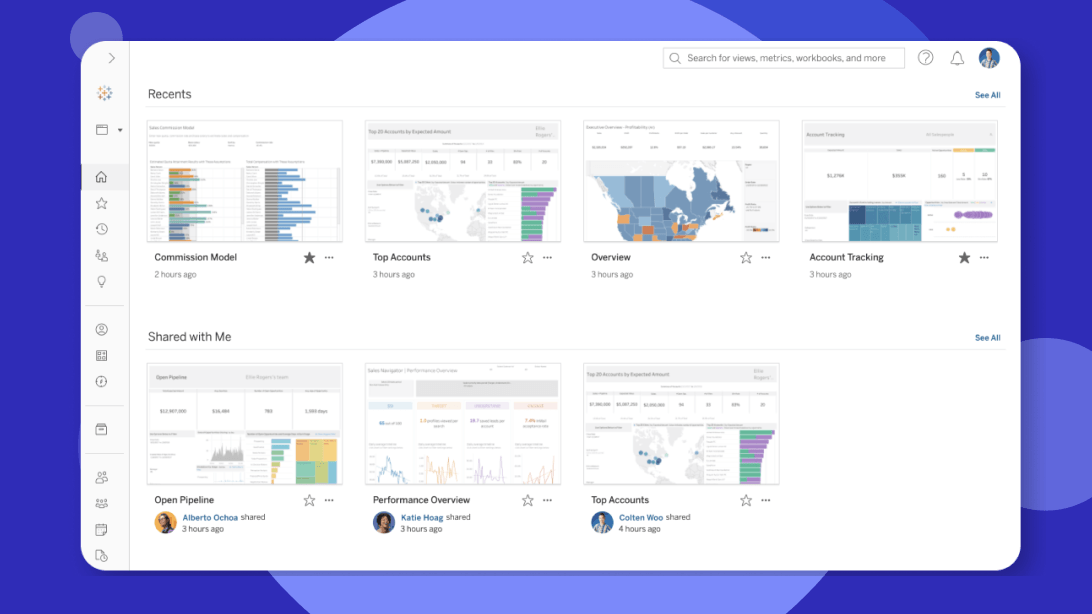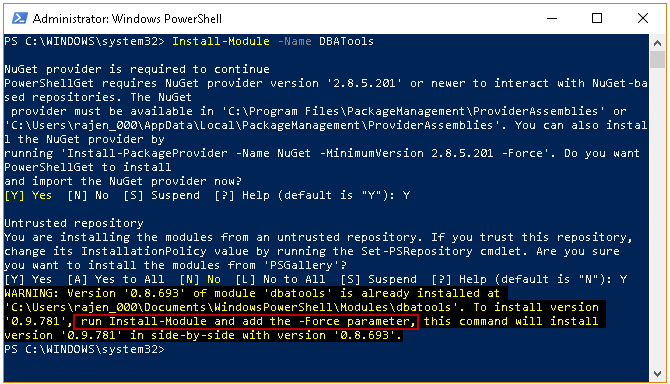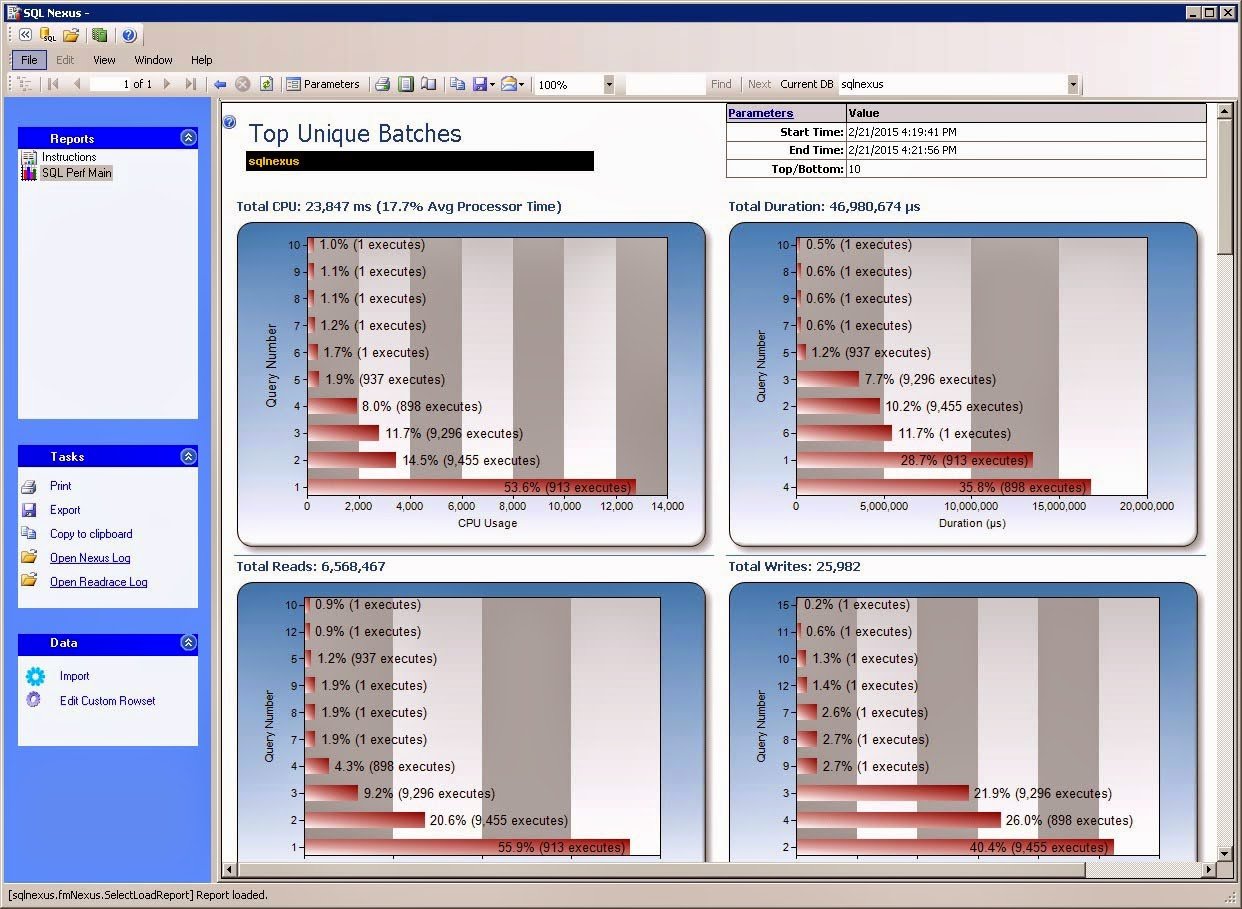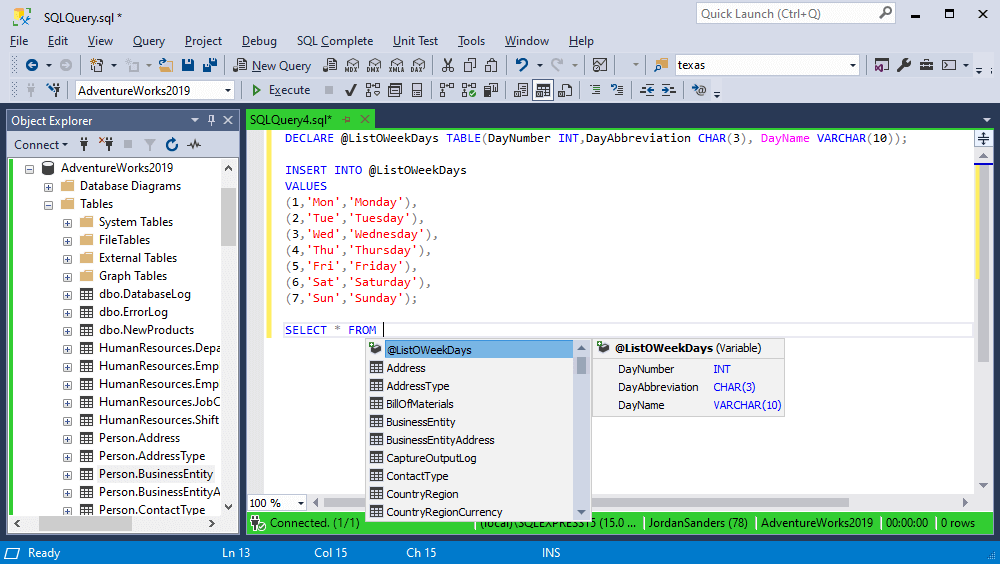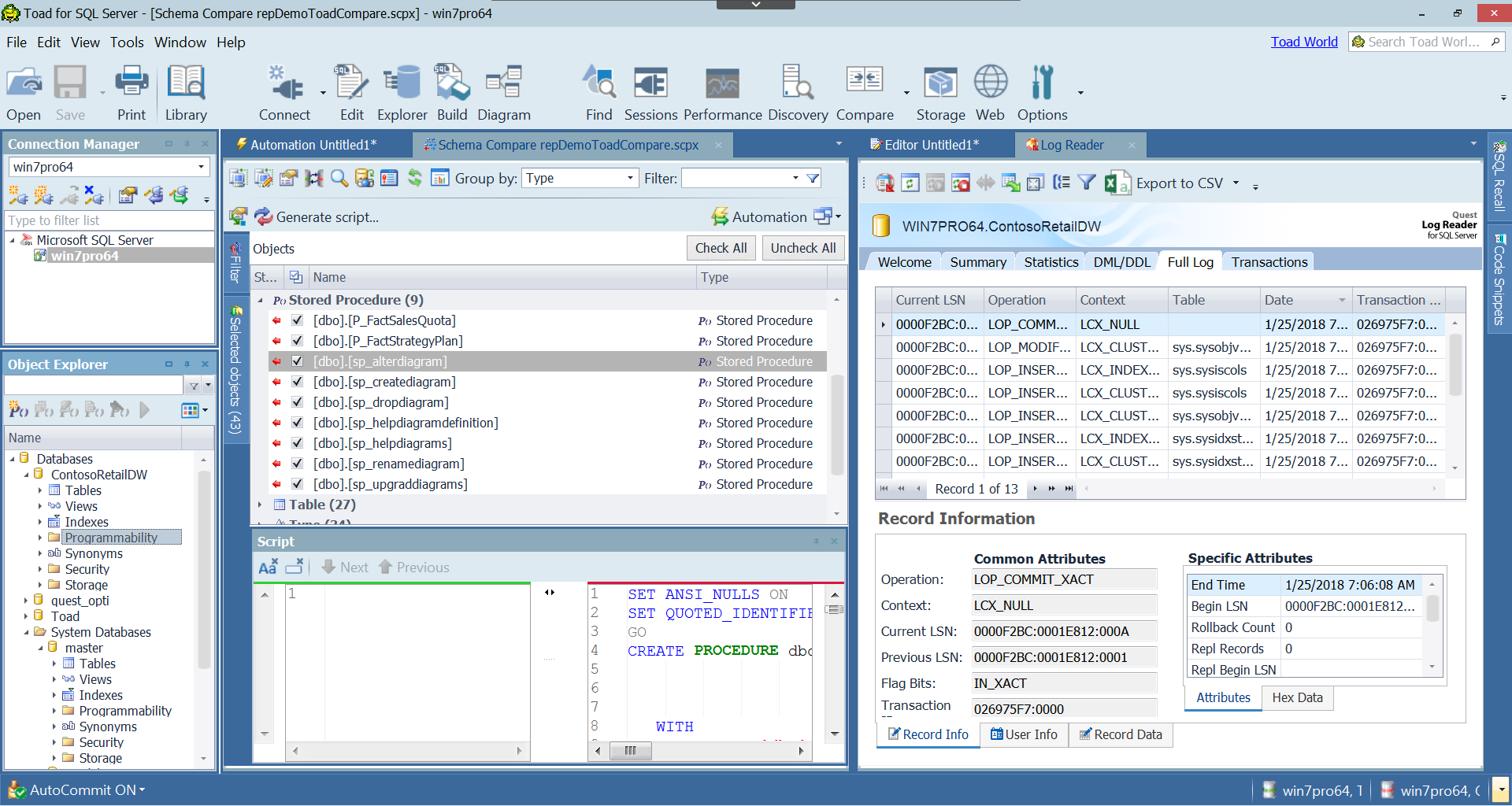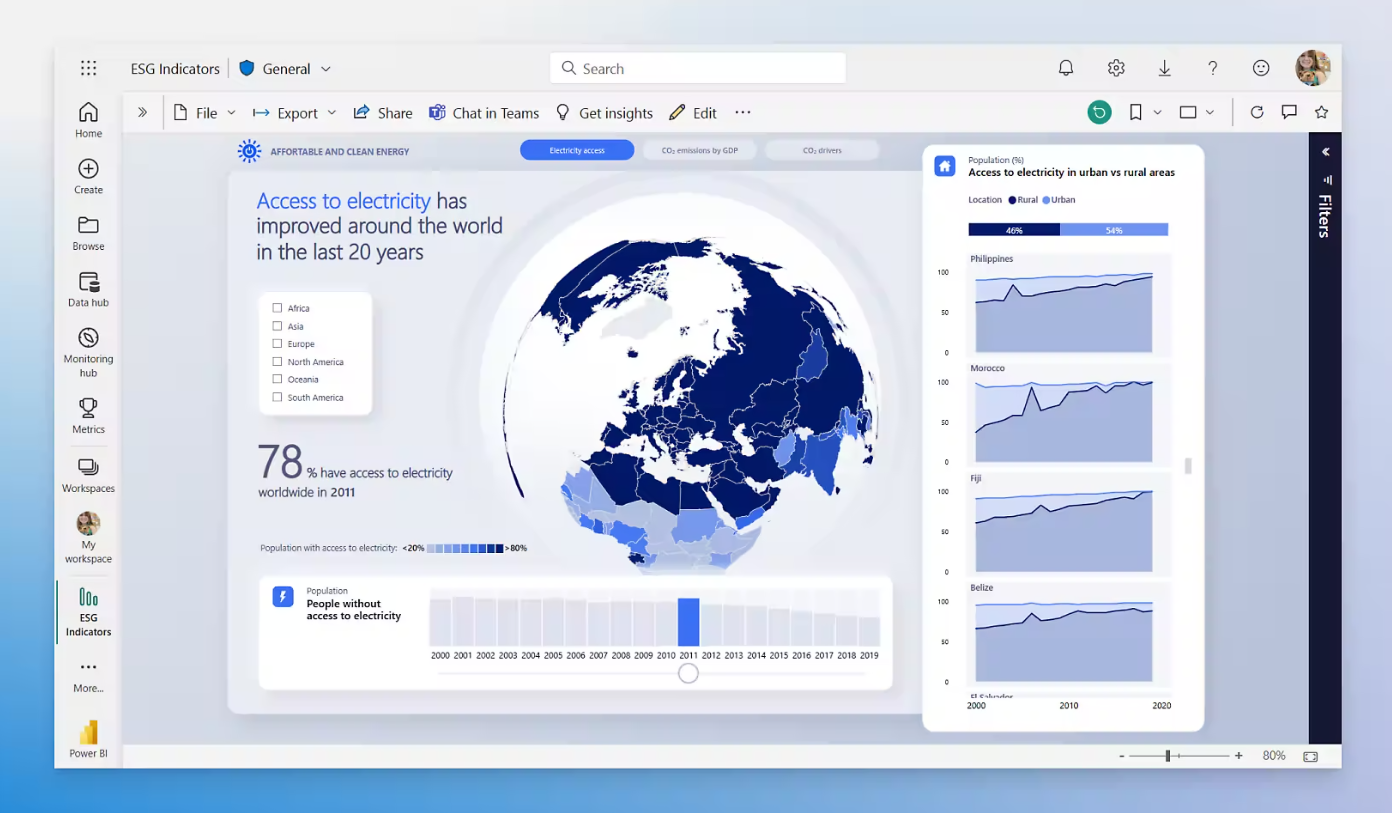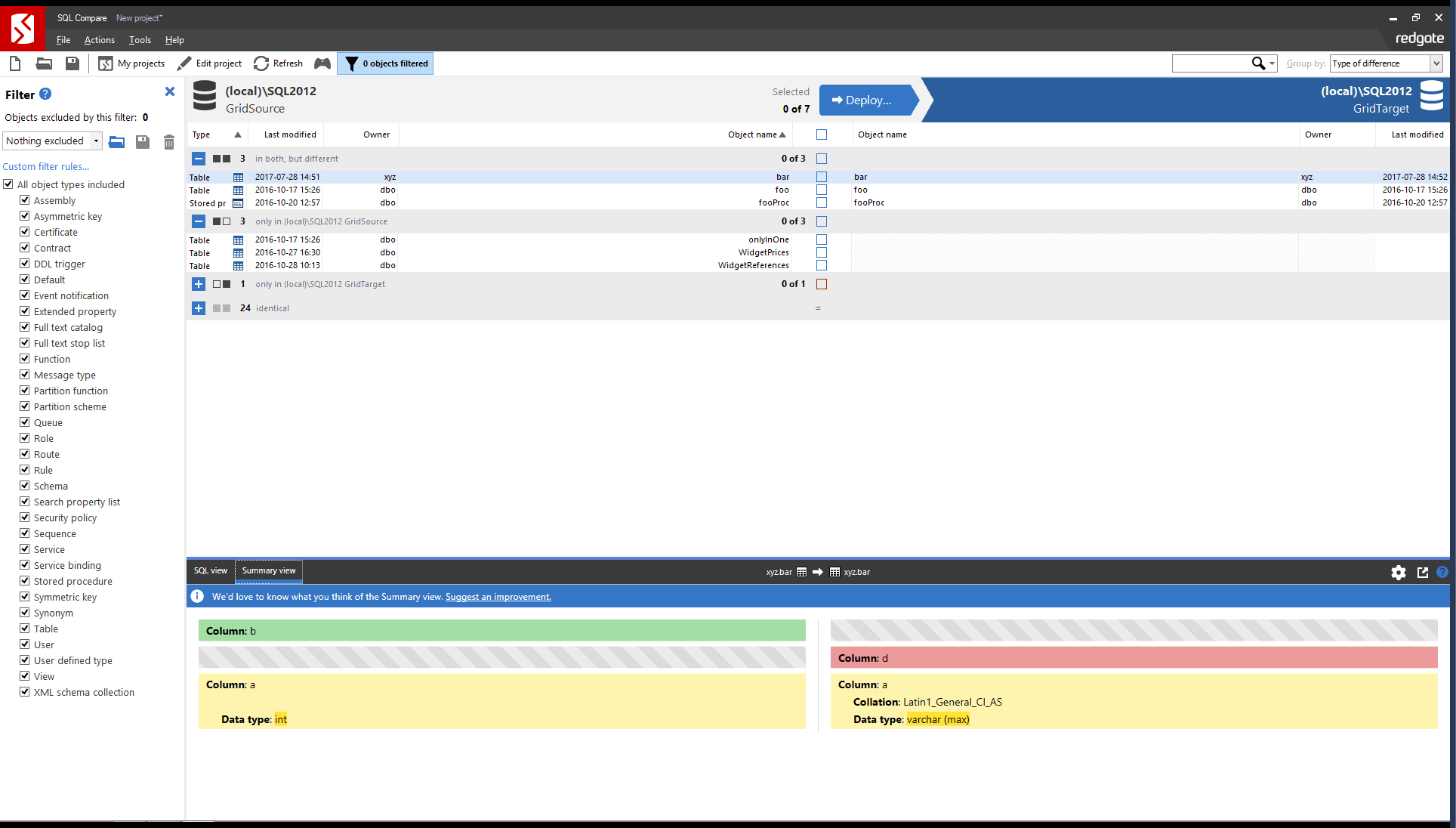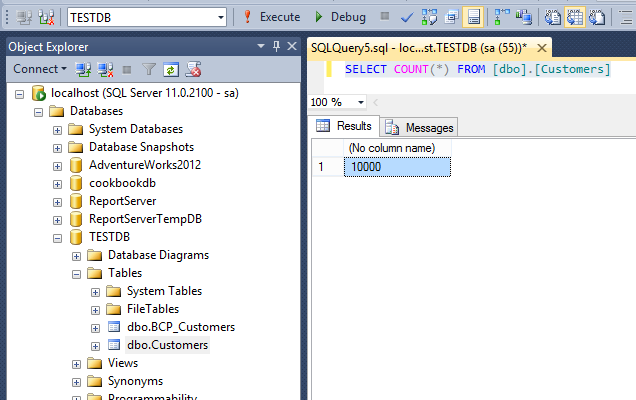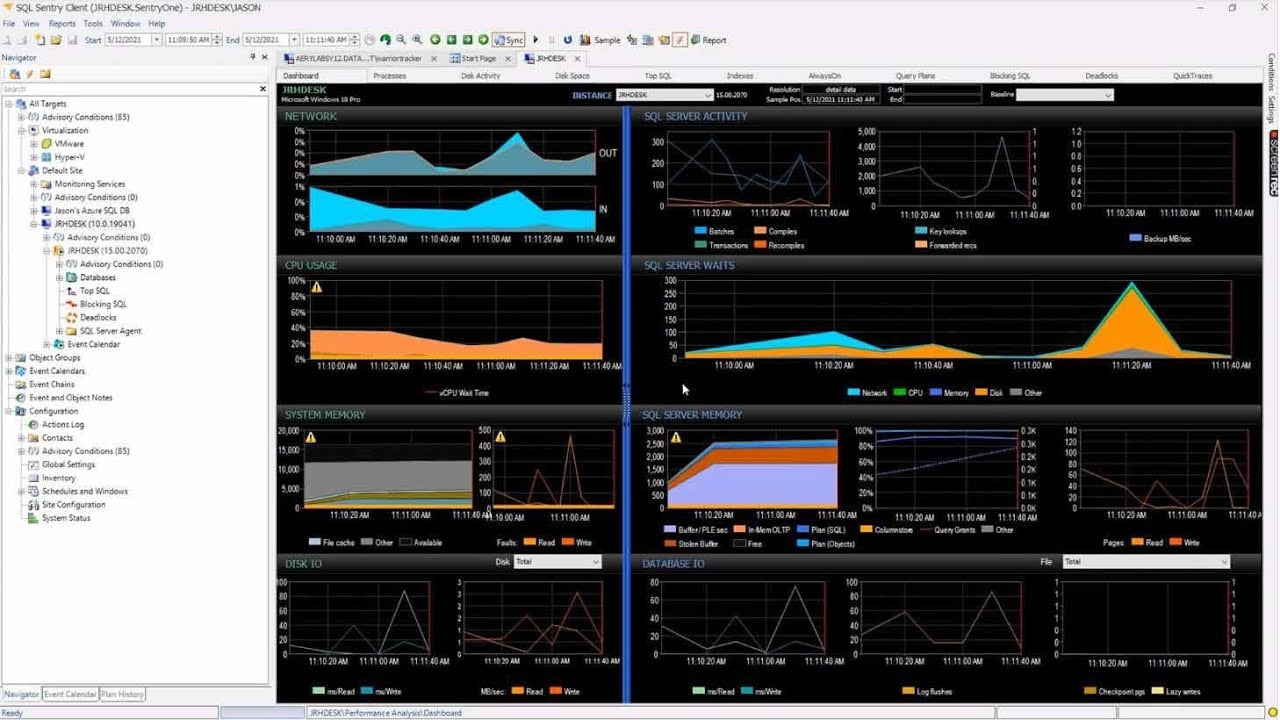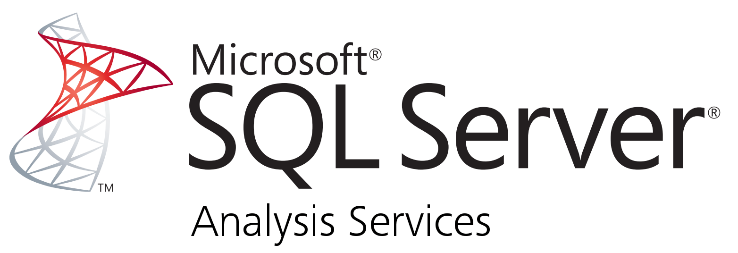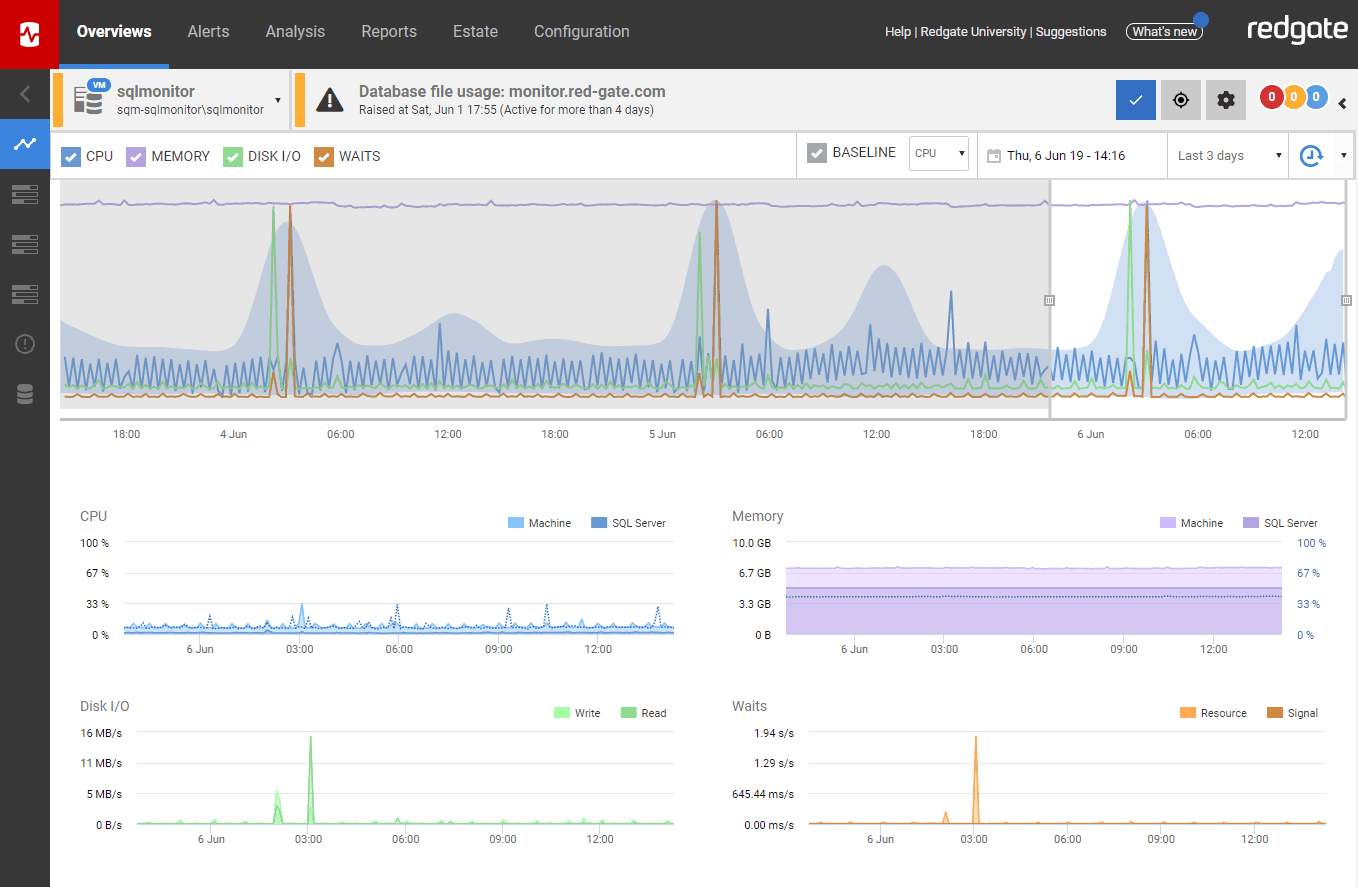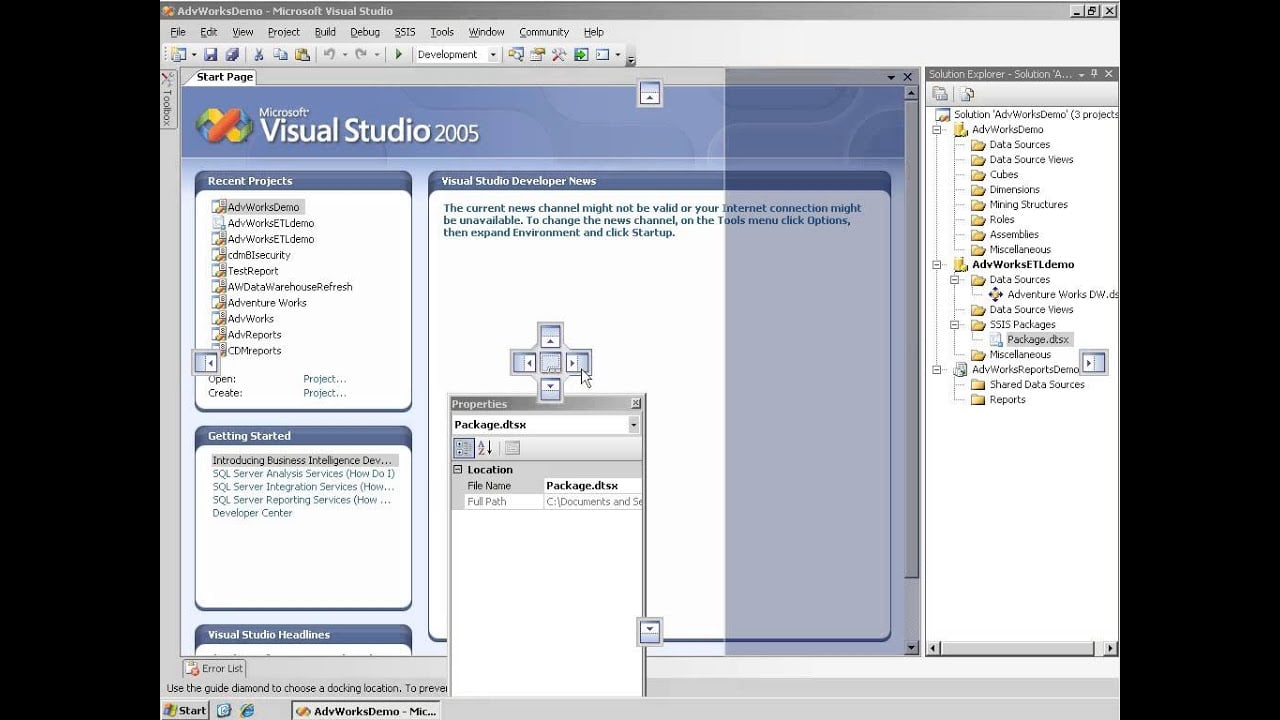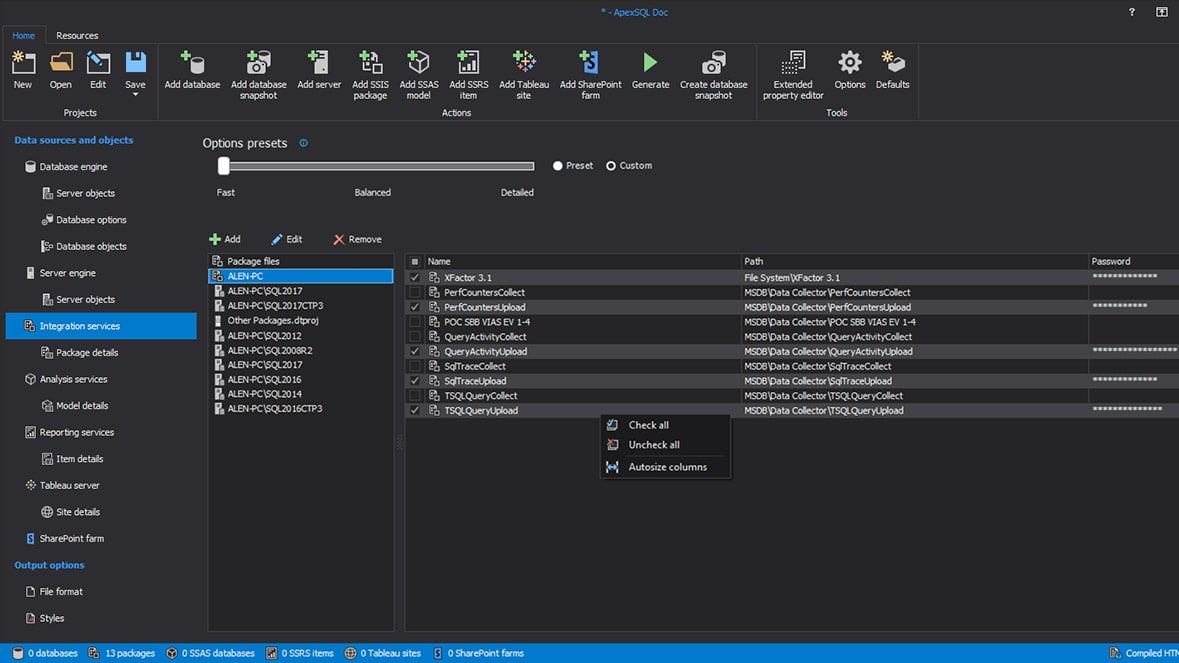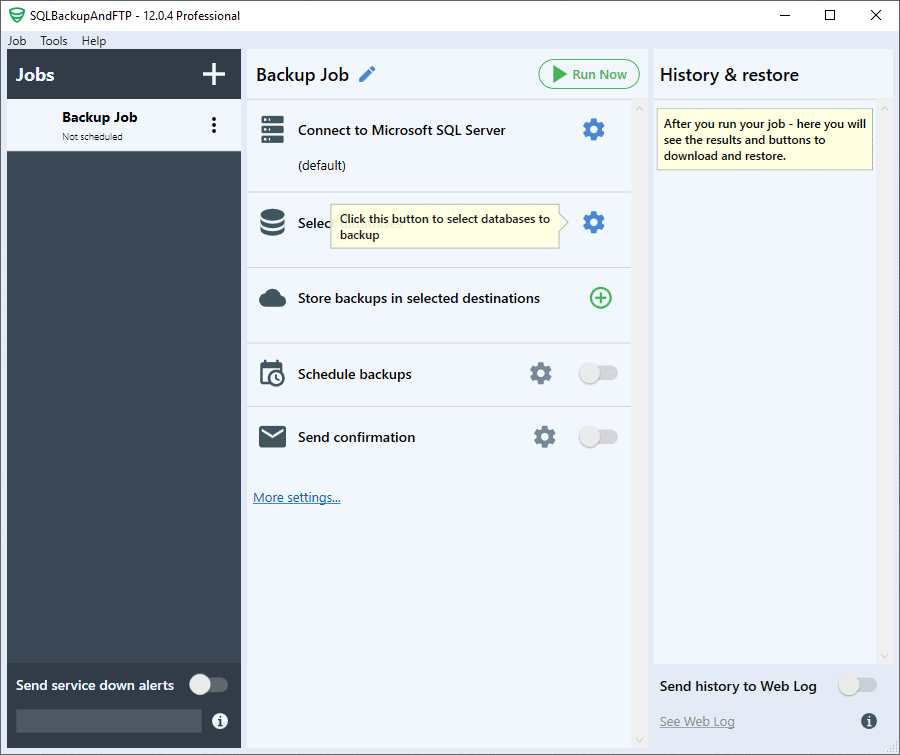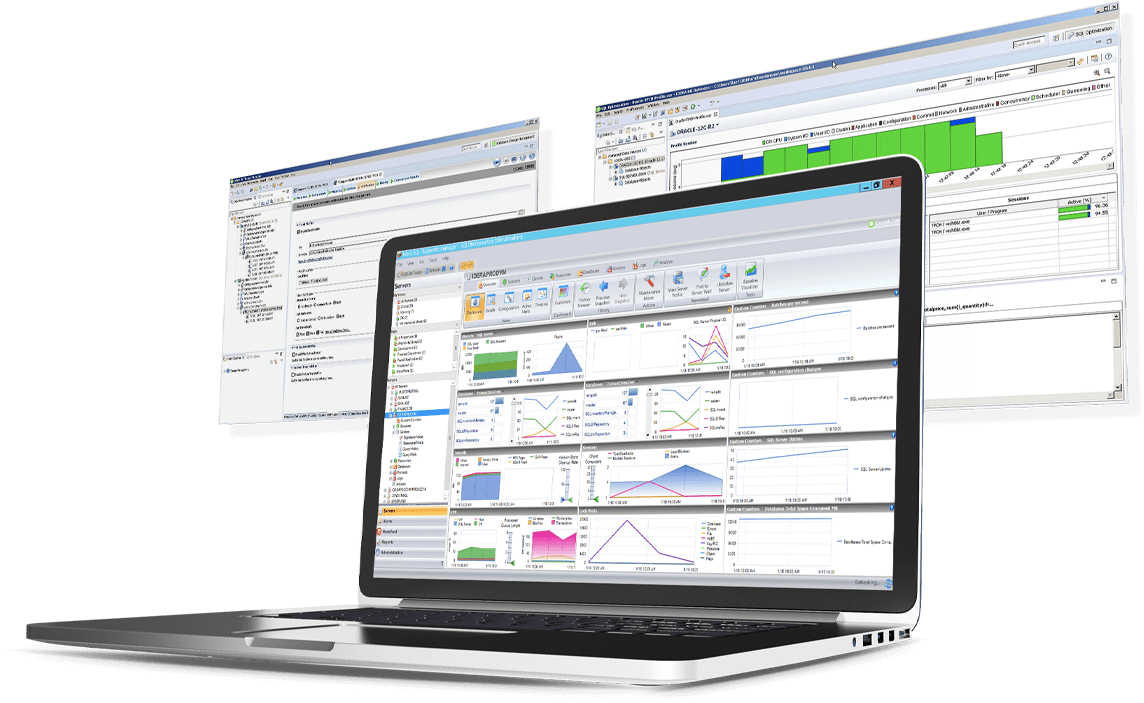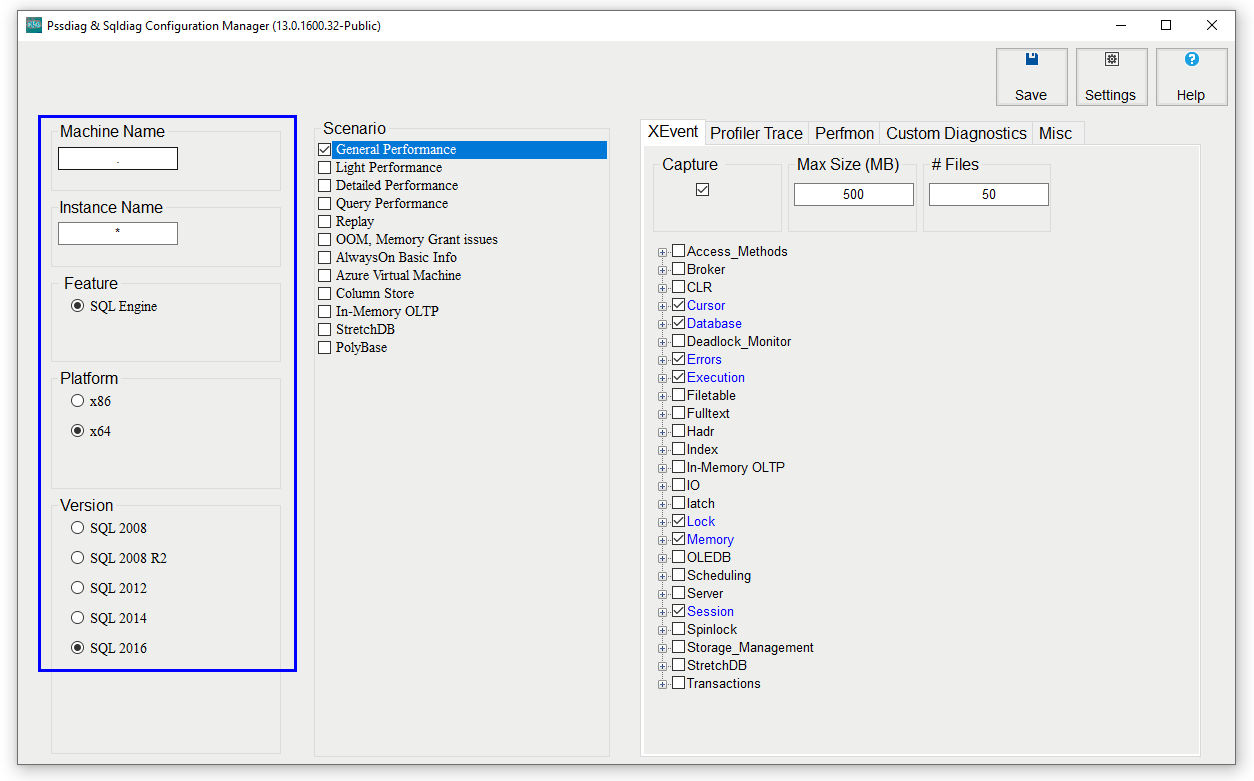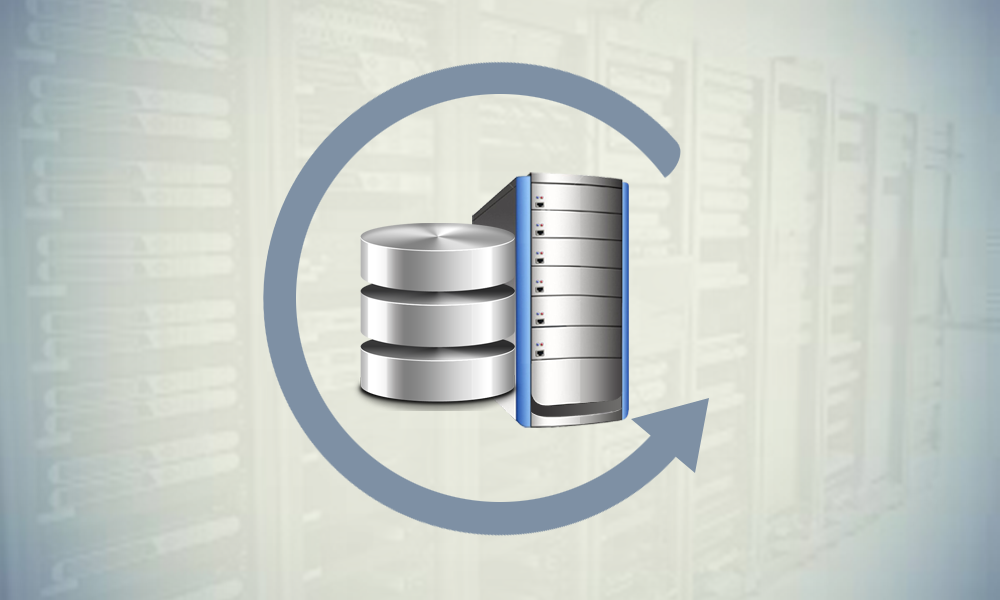1. Introduction
SQL Server software tools offer a diversified range of functionalities that aid in managing, integrating, migrating, reporting, and analyzing SQL Server data competently. From advanced recovery solutions to reporting services and data integration platforms, these tools bring robust and scalable options to businesses worldwide. Over time, these tools have become an integral part of data-driven industries, empowering them to leverage their data in innovative ways.
This article intends to provide an overview of some of the best SQL Server software tools in the market. We will look into their functionalities, features and how they can catapult your business’s database management capabilities. Whether you are seeking tools to recover your corrupt SQL databases, integrate your data islands, report your datasets visually, migrate your SQL data or develop databases right within your Visual Studio interface, our compilation covers it all.
Join us as we delve into the world of SQL Server tools, understanding their intricacies, and enabling you to make informed choices that fit the unique requirements of your data infrastructure.
2. DataNumen SQL Recovery
DataNumen SQL Recovery is a superior tool designed specifically for the recovery of corrupt SQL Server MDF database files. As one of its primary features, it can salvage data from damaged database files efficiently, and even recover deleted, lost data and inaccessible objects within an SQL Server database.
2.1 Features
- Comprehensive Recovery: It is capable of recovering all data types, including tables, views, stored procedures, triggers, rules, user-defined functions, and other objects.
- Wide Compatibility: It supports various SQL Server versions, providing versatile usability for different user bases. This includes SQL Server 2005, 2008, 2008 R2, 2012, 2014, 2016, 2017, and 2019.
- Batch Recovery: DataNumen SQL Recovery offers the feature to recover multiple SQL Server MDF files in batch, thus enhancing productivity and efficiency.
- Deleted Record Recovery: This tool is powerful enough to recover deleted records and bring them back without any modifications.
- Error Detection: DataNumen can automatically detect errors, and rectify common issues found in the SQL Server MDF database files.
- Simple User Interface: User-friendly interface allows users with even minimal technical background to use this tool effectively to recover their MDF database files.
3. SQL Server Management Studio (SSMS)
SQL Server Management Studio (SSMS) is a comprehensive tool that consolidates a broad group of graphical user interfaces (GUI) and command line tools that enable developers and administrators to effectively manage and configure Microsoft SQL Server databases. As an integral tool of the SQL Server product suite, SSMS offers an all-in-one solution to perform a number of SQL Server related tasks such as writing queries, managing database objects, and performing server-level configurations.
3.1 Features
- Comprehensive Management: SSMS offers an environment for configuring, managing, and administering components of SQL Server. It enables users to script, design, and manage all SQL server objects.
- Interactive Code Editor: SSMS comes provided with a powerful, syntax-highlighted code editor. It offers support for IntelliSense, bookmarks, and code snippets for better and easy coding.
- Multiserver Queries: The SSMS tool provides the facility to execute scripts across multiple server instances at once.
- Robust Debugging Capabilities: SQL Server Management Studio comes with a built-in debugger that allows users to step through T-SQL code, view object information, set breakpoints, and examine variable values.
- Integration with Visual Studio: SSMS integrates well with Microsoft Visual Studio environment, promoting consistent experience across multiple platforms.
- Object Explorer: SSMS provides an Object Explorer to browse, select, and act upon objects within each instance of SQL Server.
4. SQL Server Integration Services (SSIS)
SQL Server Integration Services (SSIS) is a robust data migration and integration tool that comes as part of the Microsoft SQL Server. It is primarily used for a variety of data integration tasks, complex transformations, and ETL (Extract, Transform, and Load) operations for big data and data warehousing needs. SSIS simplifies the handling of structured and unstructured data sources by offering an array of built-in source and destination connectors.
4.1 Features
- Data Integration and ETL: SSIS is designed to extract data from various sources, transform it as per business rules, and load it into a destination data repository.
- Package Designer: SSIS provides a package designer, a tool for building robust ETL packages, and a variety of tasks and transformations.
- Extensive Data Connectors: SSIS supports a wide range of data source connectors, provisioning seamless connectivity with multiple database systems, file formats, and data services.
- Data Transformation: It allows for complex data transformations, such as merging, cleaning, aggregating, distributing, and mining data.
- Workflow Creation: SSIS enables users to design workflow structures that extract and transform data and then load it into databases or data warehouses.
- Error Handling: SSIS offers advanced features for error logging and handling, making it easier to manage and control data quality and reliability.
5. SQL Server Reporting Services (SSRS)
SQL Server Reporting Services (SSRS) is a server-based reporting platform offered by Microsoft that allows its users to create, design, test, and deploy reports. It offers a multitude of reporting services for businesses that use SQL Server databases, providing an extensive toolkit for dynamic report generation. It provides a full set of report generation tools with advanced capabilities like report scheduling, versioning, data visualization, and more.
5.1 Features
- Dynamic Report Creation: SSRS provides a robust platform for creating dynamic, full-featured custom reports using data from SQL Server databases.
- Advanced Data Visualization: SSRS enables enhanced data visualization with its features like charts, maps, sparklines, and more to make reports visually captivating and easy to understand.
- Flexible Report Delivery: SSRS supports delivery of reports in various formats like Excel, PDF, CSV, and more. These reports can be delivered via email, web, or to a file share.
- Customizable Report View: SSRS provides fully customizable report layouts and the ability to generate truly custom reports to match company branding or specific requirements.
- Security Management: Secure data access and privacy are assured in SSRS through its integrated security capabilities at server and item level.
- Interactive Sorting: The users can easily sort reports based on different parameters for responsive viewing experiences.
6. SQL Server Data Tools (SSDT)
SQL Server Data Tools (SSDT) is a development tool provided by Microsoft, which enables professionals to carry out database design work for SQL Server and Azure SQL databases right from the Visual Studio interface. It offers an integrated environment that allows developers to build, debug, maintain, and refactor databases. The tool brings together the advantages of SQL Server and Visual Studio to facilitate data professionals create and manage databases effectively.
6.1 Features
- Database Projects: SSDT enables creating SQL Server database projects that can contain queries, scripts, stored procedures, database schema and more.
- Schema Compare: The Schema Compare feature facilitates comparing database schema and resolving differences between databases, scripts, and database project files.
- Code Refactoring: SSDT’s refactoring capabilities enable developers to rename objects within the database projects and reflect those changes in their overall codebase.
- Integrated Debugging: It allows developers to step into stored procedures and run debug sessions directly within Visual Studio.
- Snapshot Creation: With SSDT, users can create a snapshot of a database’s schema which can then be used to revert changes or serve as a deployment target.
- Data-tier Application Component: SSDT allows the development of .dacpac files, which can be used to deploy schema changes across environments.
7. SQL Server Migration Assistant (SSMA)
SQL Server Migration Assistant (SSMA) is a set of tools offered by Microsoft to automate the process of migrating from several databases to SQL Server. SSMA has versions that support migration from Oracle, MySQL, Access, SAP ASE, DB2 and others to SQL Server. It simplifies the database migration process by automating all aspects of migration including assessment, database schema conversion, data migration and validation.
7.1 Features
- Automated Conversion: SSMA can automatically convert source database schemas and data to SQL Server schemas and data.
- Migration Assessment: SSMA offers feature to analyze databases for migration and identify potential issues before actual data migration process.
- Data Migration: SSMA supports data migration from source databases to SQL Server, ensuring minimal downtime during the migration process.
- Support for Multiple Databases: SSMA offers support for migration from various databases including Oracle, MySQL, SAP ASE, DB2, and others.
- Report Generation: SSMA generates detailed reports outlining the migration process, including a comprehensive assessment of what objects were successfully migrated and potential issues.
- Sync Feature: This feature ensures that the changes made in the SQL Server automatically synchronize with the original schema.
8. Microsoft Report Builder
Microsoft Report Builder is a comprehensive and user-friendly tool to create and customize reports from SQL Server. Part of the SQL Server Reporting Services (SSRS), it offers an intuitive interface to design and build reports with advanced data visualization. With drag-and-drop simplicity, professionals can effectively design beautiful reports with charts, maps, and other visualizations. Reports created using Microsoft Report Builder are hosted and shared via the Reporting Services web service.
8.1 Features
- Intuitive Interface: Microsoft Report Builder has an easy-to-use graphical interface that makes report creation a simple and easy task even for non-programmers.
- Drag-and-Drop Design: It offers a drag-and-drop design surface, which is ideal for creating custom reports using data from wide-ranging sources.
- Data Visualization: It includes various visualization tools including charts, gauges, maps, sparklines, data bars and indicators to present data in a viscerally understandable format.
- Intelligent Settings: The tool provides intelligent defaults and automatic positioning for added data regions, reducing the effort in report generation.
- Flexible Deployment: Reports can be saved directly on the report server or as files in a shared folder.
- Fine-grained Security: Report Builder supports Reporting Services permissions, which control who can access and work with reports.
9. SQL Server Configuration Manager
SQL Server Configuration Manager is a tool to manage the services associated with SQL Server, to configure the network protocols used by SQL Server, and to manage the network connectivity configuration from SQL Server client computers. It is a dependable and easy-to-use tool designed by Microsoft to manage SQL server services, SQL Server network configuration, and SQL Native Client network configuration.
9.1 Features
- Service Management: SQL Server Configuration Manager has a built-in functionality to manage SQL Server services, including start, stop, pause, resume, and restart.
- Network Protocol Configuration: It allows users to manage client network protocols, enabling them to configure communication parameters for the SQL Server Native Client.
- Server Alias Creation: This feature allows the creation of aliases for instances of SQL Server.
- Configuration of Server Network Protocols: It enables users to configure the network protocols used by SQL Server and manage the network settings.
- Client Connectivity Configuration: The tool manages network connectivity configuration from SQL Server client computers.
- Service Account Configuration: SQL Server Configuration Manager allows users to change the account used by the SQL Server services.
10. SQL Server Business Intelligence
SQL Server Business Intelligence (BI) is a robust platform offered by Microsoft that empowers organizations with various tools and functionalities to enable data-based decision-making. It features a suite of data integration, transformation, reporting, and analysis tools. With SQL Server BI, organizations can leverage their SQL Server databases, and transform them into meaningful reports, visuals, and interactive dashboards to derive insights.
10.1 Features
- Powerful Analytics: SQL Server BI provides powerful tools to analyze and understand data, make coherent business decisions and strategic plans.
- Powerful Integration Tools: It comes with robust data integration capabilities using Integration Services (SSIS), allowing organizations to extract, clean, and enrich their data.
- Data Reporting: With SQL Server Reporting Services (SSRS), it offers comprehensive reporting capabilities, enabling the creation of various types of reports.
- Data Visualization: Through Power BI, users can create interactive dashboards and reports with strong data visualization techniques.
- Data Warehousing: It offers SQL Server Analysis Services which aids in creating robust data warehouses for easy manipulation and reporting purposes.
- Security Features: It ensures data security with its enterprise-grade levels of data security, accessibility, and governance.
11. Microsoft SQL Server Profiler
Microsoft SQL Server Profiler is a graphical user interface that allows system administrators to monitor an instance of the Database Engine or Analysis Services. It captures and saves data about every event to a file that can be analyzed later. It helps in troubleshooting problems in SQL Server by providing a real-time view of user events, such as SQL Server statements and stored procedures execution, and also traces how SQL Server is processing those events.
11.1 Features
- Event Capturing: SQL Server Profiler effectively captures data about each event for review or analysis.
- Trace Replay: Profiler can replay captured event data in the original timing sequence or a new defined sequence to test different user scenarios.
- Event Filtering: It enables users to filter events based on their specific needs, aiding in streamlined analysis and debugging.
- Correlation of Performance Data: Profiler correlates performance data with transact-SQL statements, allowing users to identify the statements that are causing SQL Server to perform poorly.
- Performance Monitoring: It provides useful insights into SQL Server performance, helping identify bottlenecks and optimize server performance.
- Auditing Capabilities: SQL Server Profiler can be used for auditing SQL Server activity and reviewing past activities.
12. Tableau
Tableau is an industry-leading data visualization tool that integrates directly with SQL Server, among other data sources. The tool enables users to create interactive dashboards and reports, complete with beautiful visualizations. With its ease of use and sophisticated capabilities, Tableau allows users to interact with their data, explore trends, and make informed business decisions. It’s an ideal tool for those with minimal technical expertise who need to analyze large data sets.
12.1 Features
- Data Visualization: Tableau offers an extensive array of visualization tools for creating intuitive and easy-to-understand data visual representations.
- Real-Time Data Analysis: Tableau provides live data analytics capabilities, allowing users to explore data in real-time.
- Compatibility: Tableau integrates seamlessly with SQL Server, offering direct connectivity and interactive dashboards to visualize and understand SQL Server data.
- Data Discovery and Exploration: It allows users to interact with data, identifying patterns, trends, correlations, and more.
- Collaboration: With Tableau, reports and dashboards can be shared across the organization, promoting data-driven decision making at every level.
- Data Blending: It enables the blending of data from multiple sources, even if they are extremely disparate, such as SQL databases and Excel files.
13. dbatools
dbatools is an impressive, open-source PowerShell module that is designed primarily for SQL Server professionals for simplifying several aspects of database administration. With a plethora of commandlets, dbatools offers users the ability to automate tasks, carry out migrations, set-up instances and perform much more, using PowerShell.
13.1 Features
- Commandlets: With over 500 commandlets, dbatools offers extensive functionalities, allowing the execution of a wide range of database operations.
- Migration Support: dbatools offer comprehensive assistance for migrations, allowing you to migrate entire instances to another host.
- Best Practices Enforcement: This tool automatically applies SQL Server best practices, bolstering the set-up’s security and efficiency.
- Error Handling: dbatools is equipped with robust error handling. In the case of failures during task execution, appropriate error messages are surfaced, significantly aiding troubleshooting.
- Task Automation: dbatools excel at task automation, helping SQL Server professionals automate routine administrative tasks, thus saving time and enhancing productivity.
- Instance Management: This tool lets you set up, configure, and manage SQL Server instances with ease.
- PowerShell Integration: As a PowerShell module, dbatools syncs well within the PowerShell environment and leverages its capabilities efficiently.
14. SQL Nexus
SQL Nexus is an efficient tool developed by Microsoft for SQL Server performance troubleshooting. It comes in handy for analyzing data collected via PerfStats scripts (SQLDiag, SQLNexus setup, etc.), facilitating the identification of common SQL Server performance issues.
14.1 Features
- Data Collection: SQL Nexus collects and utilizes data from various PerfStats scripts like SQLDiag and PSSDiag, thereby providing a comprehensive view of performance metrics.
- Performance Analysis: The tool is uniquely designed with built-in analysis and troubleshooting capabilities for conventional SQL Server performance problems, streamlining the troubleshooting process.
- RML Utility Integration: SQL Nexus can process output of SQL Server RML utilities, thus offering an integrated performance troubleshooting experience.
- Bottleneck Identification: It helps in pinpointing specific areas where performance bottlenecks might occur, thus saving time and accelerating problem resolution.
- Reports: SQL Nexus provides detailed reports indicating various performance parameters to offer a clear perspective on how server resources are being utilized.
- Customizability: The tool permits users to design and load custom reports, providing the flexibility to extract and display the data in a way that suits their specific troubleshooting needs.
15. dbForge SQL Complete
dbForge SQL Complete is a feature-packed IntelliSense tool for SQL Server Management Studio (SSMS) and Visual Studio. It serves to enhance productivity by providing SQL code completion, context-based code suggestions, refactor SQL code and invoke other functionalities that make SQL coding easier and efficient.
15.1 Features
- SQL Code Completion: dbForge SQL Complete provides code suggestions as you type, reducing errors and enhancing code efficiency.
- Script Layout: The tool can format SQL queries for readability, improve understandability, and hence, maintainability of the code.
- Context-based Suggestions: SQL Complete offers suggestions based on the context of your code, thereby boosting your coding speed and accuracy.
- Refactoring SQL Code: The tool provides SQL code refactoring functionality to improve the style, structure, and design of your existing SQL Code.
- Database Object Information: With the tool, you can access detailed information about database objects without leaving the SQL editor.
- Linting: It helps in preventing errors by highlighting potential issues in your SQL code.
- Code Navigation: This feature helps you easily navigate your SQL scripts, thus saving your valuable time.
16. Toad for SQL Server
Toad for SQL Server is a comprehensive tool designed for database development and administration. It aids in enhancing productivity, reducing errors and risks, and managing data of all sizes and types efficiently. Toad’s easy-to-use workflows and intuitive interface makes it ideal for professionals across all levels of expertise.
16.1 Features
- Automated Database Administration: Toad provides automated features for server administration tasks reducing time-consuming, repetitive tasks.
- Advanced Code Completion: It offers intelligent code completion, code snippets, and SQL recall for faster and error-free coding.
- Database Comparison: The tool can compare and synchronize databases, servers, data, and schemas, making it easy to manage changes and keep everything in sync.
- Performance Optimization: Toad includes tools for optimizing SQL code, ensuring databases perform efficiently.
- Data Modeling: It allows you to create, maintain, and document new database schemas using its data modeling tools.
- Security Validation: Toad can help identify vulnerabilities and enforce best practices to ensure data privacy and protection.
- Reporting: It offers powerful reporting features, enabling users to extract, report, and analyze data in a variety of formats.
17. Microsoft Power BI
Microsoft Power BI is a prominent data visualization and business intelligence tool. It aids in converting raw data from various sources into actionable insights and visually compelling reports. With a user-friendly interface and powerful feature-set, Power BI makes data analysis accessible to a wide range of users — from data professionals to business decision-makers.
17.1 Features
- Data Visualization: Power BI specializes in creating intuitive and interactive data visualizations, making complex data easy to understand.
- Data Connectivity: The tool can easily connect to a wide variety of data sources, whether they are local databases or cloud-based storage.
- Data Transformation: Power BI possesses robust data manipulation features, allowing users to prepare and transform raw data into a format suitable for analysis.
- Reporting: The tool allows you to create detailed reports with custom visuals to highlight the most important data.
- Integration with Microsoft Products: As a Microsoft product, Power BI integrates excellently with other Microsoft tools such as Excel, Azure, and SQL Server, enhancing operational continuity and convenience.
- Collaboration: Power BI provides features for team collaboration, allowing multiple users to work on the same dataset and reports, thus facilitating cooperative decision making.
- Advanced Analytics: With built-in machine learning capabilities, Power BI also enables users to undertake advanced analytics, including predictive modeling.
18. Redgate SQL Compare
18.1. Brief Introduction
Redgate SQL Compare is a highly efficient tool specifically designed for comparing and synchronizing SQL Server databases. It plays a vital role in spotting differences in schema, tracking changes, and ensuring that databases in different environments are consistent with each other.
18.1 Features
- Database Comparison: SQL Compare specializes in comparing SQL Server database schemas and identifying any differences between them.
- Schema Synchronization: The tool can synchronize SQL Server databases with precision, ensuring that data environments remain consistent.
- Comparison Reports: SQL Compare can generate detailed comparison reports in HTML, Excel, and XML formats, providing an extensive understanding of schema differences.
- Version Control Integration: The tool integrates with version control systems, enabling the tracking of database changes over time.
- Command Line Interface: SQL Compare supports command-line interface, providing the option to automate database comparison and synchronization tasks.
- Synchronization Scripts: The tool can generate SQL scripts to synchronize database schemas, allowing for manual review before execution.
- Backup Comparison: It enables the comparison and synchronization of live databases with backups, scripts, SQL Source Control projects, and more.
19. bcp utility – SQL Server
The bcp (bulk copy program) utility is a command-line tool in SQL Server that utilizes the Bulk Copy Protocol. It allows for the large-scale import and export of data between an instance of SQL Server and a data file in a user-specified format. Given its bulk data-handling capabilities, it provides an efficient way to handle significant volumes of data.
19.1 Features
- Large-Scale Data Handling: The bcp utility can efficiently manage the import and export of large data sets to and from SQL Server.
- Version Control: The tool supports multiple versions of data, allowing you to manage and access data according to different versions.
- Data Export: You can use bcp to export data from a SQL Server to a data file.
- Data Import: Conversely, it likewise facilitates the import of data from a data file into a SQL Server.
- Custom Format: The utility allows users to define a format for the data file to cater to their specific data handling requirements.
- Command-Line Interface: Being a command-line tool, bcp provides the flexibility to automate data import and export tasks.
20. SolarWinds SQL Sentry
SolarWinds SQL Sentry is a premier performance monitoring tool for SQL Server. It provides detailed visibility into the performance metrics of SQL Server instances, offering actionable insights to identify and resolve performance issues. With a comprehensive dashboard and alerting system, SQL Sentry allows for proactive management of SQL Server performance.
20.1 Features
- Performance Monitoring: SQL Sentry keep tabs on the performance metrics of SQL Server instances, ensuring optimal database performance all the time.
- Comprehensive Dashboard: It provides a detailed and intuitive dashboard that visualizes performance data, making analysis and troubleshooting easier.
- Alerting: The tool comes with an intelligent alerting system that promptly notifies about potential performance issues.
- Historical Performance Data: SQL Sentry captures and retains historical performance data, facilitating trend analysis and capacity planning.
- Deadlock Analysis: The tool provides an easy-to-understand graphical representation of deadlocks, helping to identify and resolve these troublesome concurrency issues.
- Performance Recommendations: It offers specific advice and best practices for tuning SQL Server performance.
- Integration: The tool seamlessly integrates with other SolarWinds products, offering a united solution for IT performance management.
21. SQL Server Analysis Services (SSAS)
SQL Server Analysis Services (SSAS) is a SQL Server component that provides tools for data mining and analysis. It supports a suite of OLAP capabilities, allowing businesses to build multidimensional structures, conduct in-depth analytics tasks, and draw strategic business insights. Besides, SSAS plays a crucial role in creating business intelligence (BI) solutions.
21.1 Features
- OLAP Support: SSAS provides a comprehensive set of Online Analytical Processing (OLAP) tools enabling users to analyze data from multiple dimensions.
- Data Mining Tools: It comes packed with a set of data mining algorithms, allowing users to predict trends, detect patterns, and gain key insights from data.
- Business Intelligence Development: SSAS plays a significant role in developing business intelligence (BI) solutions, granting critical data-centric insights for business decision-making.
- Tabular and Multidimensional Models: It supports both tabular and multidimensional model data sources, providing flexibility for diverse data analysis needs.
- Integration: SSAS integrates smoothly with SQL Server, Excel, and other Microsoft products, facilitating seamless data analysis workflows.
- Scalability: SSAS provides high levels of scalability, making it suitable for dealing with large and complex sets of data.
- Security: It includes role-based security to control access to the data in your SSAS databases, ensuring your data’s safety and integrity.
22. Redgate SQL Server Monitoring Tool
Redgate SQL Server Monitoring Tool, also known as SQL Monitor, is a comprehensive SQL Server monitoring solution. It offers real-time insights into the health and status of SQL Server instances. With effective alerting, intuitive dashboards, and detailed performance metrics, it allows for proactive management and optimal operation of SQL Server environments.
22.1 Features
- Real-Time Monitoring: SQL Monitor provides continuous, real-time monitoring of your SQL Server instances, ensuring you have up-to-the-minute information about their performance.
- Performance Metrics: The tool offers detailed performance metrics that allow for in-depth analysis and timely resolution of performance issues.
- Alerting: It includes intelligent alerting that notifies you promptly about potential performance issues and system anomalies.
- Interactive Dashboard: The tool provides a comprehensive and interactive dashboard that visualizes performance data and system health, making it easy to understand the status of your SQL Server environments.
- Block Analysis: SQL Monitor identifies and provides insights into blocked processes, helping you understand and resolve database concurrency problems.
- Database overview: It delivers an at-a-glance view of critical metrics like database size, growth, waits, and more to quickly assess your databases’ health.
- Global Overview: The tool offers the ability to monitor your SQL Servers wherever they are – on-premises, Azure, Amazon RDS, or other cloud platforms – from a single global view.
23. SQL Backup Free
SQL Backup Free is a simple and efficient tool specifically tailored to back up SQL Server databases. As the name suggests, it’s a freeware tool, which can be used to perform manual or automated backups. Despite being free, it offers reliable performance, making it a cost-effective solution for SQL Server backup needs.
23.1 Features
- Automated Backups: SQL Backup Free can be configured to perform backups at regular intervals, ensuring your databases are secured without manual intervention.
- Manual Backup: The tool provides an option for manual backup, giving you complete control when a database is backed up.
- Compression: It comes with data compression features, ensuring that the backed-up data occupies minimal storage space.
- Ease of Use: The tool has an intuitive user interface that makes it easy to set up and perform backups.
- Log Truncation: SQL Backup Free supports log truncation after a successful backup, freeing much-needed storage space in your database environment.
- Notification: The tool can notify you via email when the backup is completed, allowing you to stay informed about the backup status.
- Local and Remote Backups: SQL Backup Free supports both local and remote backups, granting flexibility in deciding where to store the backed-up data.
24. Business Intelligence Development Studio (BIDS)
Business Intelligence Development Studio (BIDS) is an advanced development environment with a toolset highly regarded in the SQL Server community. It caters to a range of data-centric tasks, including database queries, data integration, data warehousing, data modeling, and reporting. BIDS builds on the familiar Visual Studio infrastructure to deliver comprehensive BI solutions, thereby driving data analytics capabilities in organizations.
24.1 Features
- End-to-End Workflows: BIDS offers tools for creating and managing the entire data workflow, from data extraction and transformation to reporting.
- Data Integration Services (SSIS) Designer: This allows you to design complex ETL (Extract, Transform, Load) processes for moving and transforming data.
- Report Designer: By using this feature, you can create flexible, feature-rich, and interactive reports.
- Analysis Services (SSAS) Designer: It allows creation and desing of Online Analytical Processing (OLAP) cubes for advanced analytics and data mining models to work with large amounts of data effectively.
- Data Warehouse Framework: BIDS facilitates creating data warehouses to handle large amounts of data for comprehensive business intelligence solutions.
25. ApexSQL Doc
ApexSQL Doc is an efficient tool for documenting your SQL Server databases. It provides you with complete control over your SQL Server documentation process, enabling you to select database objects and properties to be included in the documentation. It also offers automation capabilities so you can schedule documentation runs when it’s most convenient.
25.1 Features
- Comprehensive Documentation: It allows for detailed, customizable documentation of SQL Server databases, tables, views, stored procedures, and other objects.
- Automated Process: ApexSQL Doc offers automation capabilities, including task scheduling and command line interface, enhancing efficiency and saving time.
- Diverse Output Formats: The tool supports various document types, including HTML, PDF, and Word, ensuring flexibility in how you share or present your database info.
- Integration with Source Control: It integrates with popular source control systems, allowing you to track changes and maintain version history of your database documents.
- Graphical Dependencies: ApexSQL Doc provides graphical dependencies between database objects. This helps to better understand object relationships and their impacts when changes occur.
26. SQLBackupAndFTP
SQLBackupAndFTP is a popular backup and recovery software tool for SQL Server databases. Its core focus is to make the database backup process simple and efficient. It not only handles the backup process but also facilitates encryption and compression of backups, followed by sending them to a local, network, or cloud destination.
26.1 Features
- Simple Backup Process: SQLBackupAndFTP simplifies the backup process by automating database backups with a straightforward setup.
- Compression and Encryption: It offers the ability to compress and encrypt backups, significantly saving storage space and enhancing data security.
- Multiple Backup Destinations: SQLBackupAndFTP supports various local, network, or cloud destinations including Dropbox, Google Drive, Amazon S3, and more.
- Notification System: Users can set up email confirmations or notifications upon backup job completion or failure, equipping users to address issues promptly.
- Backup Scheduling: This feature allows users to schedule backups at convenient times, reducing any manual error and ensuring regular backing up of crucial data.
27. IDERA SQL Diagnostic Manager
IDERA SQL Diagnostic Manager is a highly versatile performance monitoring and diagnostic software for SQL Server. It provides a comprehensive overview of your SQL Server environment, alerting you to potential issues before they become critical problems. With its in-depth analysis and alerts, this tool is all about proactively managing the health and performance of your SQL Server databases.
27.1 Features
- Performance Monitoring: IDERA SQL Diagnostic Manager provides real-time tracking of SQL Server performance to promptly detect and resolve issues.
- Automated Alerting: It promptly notifies users of any potential SQL Server problems before they become significant issues, improving overall database health.
- Customized Dashboards: You can customize dashboards to match your needs, thereby enhancing visibility into your SQL Server environment.
- Diagnostic Analysis: It offers deep diagnostics to investigate the causes of slow SQL Server performance. It comes with over 100 built-in checks for detecting SQL Server performance issues.
- Historical Trend Analysis: The tool collects and analyzes historical data to identify performance trends and to forecast future needs.
28. PSSDIAG
PSSDIAG is a data collection utility provided by Microsoft for SQL Server instances. Used predominantly by Microsoft support engineers, it is designed to collect various types of diagnostic data that can help troubleshoot issues with SQL Server. Offering a user-friendly way to collect all necessary data and system status information, PSSDIAG shines in deep issue analysis and diagnostics.
28.1 Features
- Robust Data Collection: PSSDIAG collects comprehensive information about a SQL Server, including configurations, performance statistics, system metadata, and more, for diagnostics purposes.
- Customizable: PSSDIAG is highly customizable, enabling the users to specify the exact types of data that they wish to collect, focusing only on their areas of interest.
- Unobtrusive: Except for activating tracing measures, PSSDIAG doesn’t modify or affect the data on SQL Server, thereby maintaining the integrity of the data.
- Portable: As standalone command-line utility, it can be easily transferred to any SQL Server needing investigation without any complicated installations.
- Support for Multiple SQL Server Versions: PSSDIAG supports a wide range of SQL Server versions, thus providing flexibility across various environments.
29. Conclusion
In the present business environment, data is considered a critical resource. Having the right set of SQL Server tools in your toolkit can dramatically boost your productivity, and empower your data-driven decisions with superior accuracy and sophistication. As we’ve outlined, tools like DataNumen SQL Recovery, SQL Server Management Studio, SQL Server Integration Services, SQL Server Reporting Services, and SQL Server Data Tools, among others, all bring unique strengths to the table, offering functionalities that can cater to various business needs.
Choosing the right SQL Server software tools depends on your organization’s unique needs and the intricacy of your data infrastructure. From data recovery to data integration, reporting to migration, and performance tuning to business intelligence, these tools bring robust options for a wide array of data management tasks. By deploying these tools effectively, you can take the performance of your SQL Server environment to newer zeniths.
Author Introduction:
Vera Chen is a data recovery expert in DataNumen, which provides a wide range of products, including product to repair RAR file.
